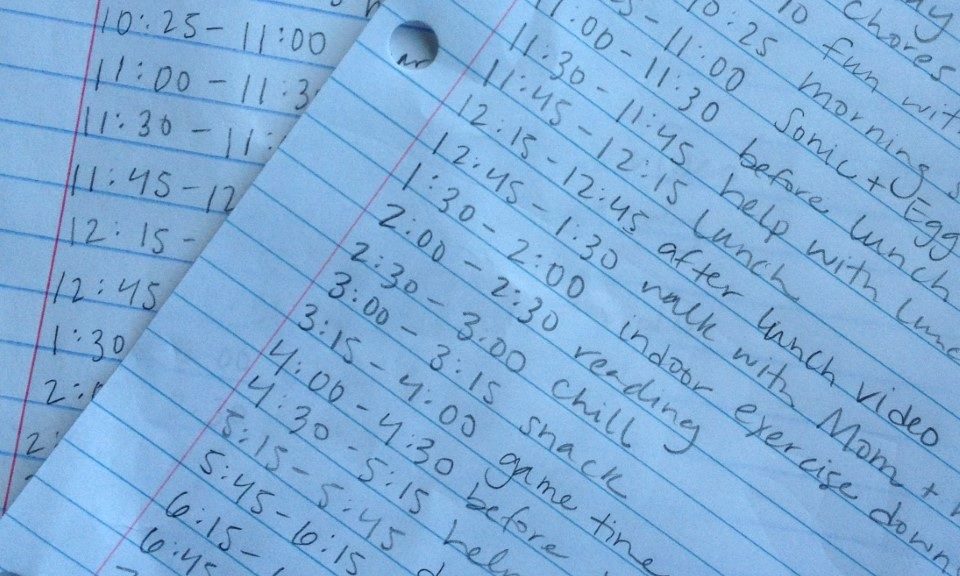Confession: I'm not great at making French toast on the stovetop. I don't know if it's that I'm not using the right bread, not using the right recipe, or don't have the right temperature for the griddle. But that's okay because I much prefer baked French toast anyway. You put in all the effort the night before, and then in the morning you just have to stumble out of bed, preheat the oven, and make yourself some kind of caffeinated beverage while the oven does the rest.
A while back I shared an easy baked French toast recipe. This is the one to break out when you are feeling extravagant. It makes a whole lot, which is great because the leftovers are also delicious. If you want to go all out, this spinach and potato breakfast hash is great alongside it.
INGREDIENTS
French Toast
1-2 tablespoons butter to grease pan
1 loaf crusty bread
8 large eggs
2 cups (16 oz) whole milk
1/2 cup (4 oz) heavy cream
1/2 cup (3.5 oz) granulated sugar
1/2 cup (4 oz) light brown sugar
2 tablespoons vanilla extract (yes, tablespoons is correct!)
Topping
1/2 cup (2 oz) flour
1/2 cup (4 oz) light brown sugar
1 teaspoon cinnamon
1/4 teaspoon salt
approx. 1/4 teaspoon freshly grated nutmeg
1 stick (4 oz.) butter, cut into pieces
TO PREPARE THE NIGHT BEFORE
Grease a 9 x 13 baking pan with butter. Cut the bread into cubes (1" square or smaller) and place in the pan. Crack the eggs into a large bowl. Add milk, cream, granulated sugar, brown sugar, and vanilla and whisk everything together. Then pour it all over the bread. Cover the pan tightly (I use plastic wrap) and store in the fridge overnight.
Make the topping: Mix the flour, brown sugar, cinnamon, salt, and nutmeg in a separate bowl Add the butter and use a pastry cutter to mix it all together until the mixture resembles fine pebbles. (Be careful at this stage; I once flung a large piece of butter out of the bowl and onto the kitchen floor while doing this.) Transfer mixture to a Ziploc bag and store in the fridge.
TO BAKE
Preheat the oven to 350 degrees F. Take the pan out of the fridge and sprinkle topping on evenly. Bake for 45-60 minutes. The shorter time gives you something that is very bread putting-esque in the middle, while the longer time gives a firmer, less squidgy texture.
Scoop individual servings onto plates and drizzle with syrup. (A little syrup goes a long way here.) I like to serve with some vegetarian sausage and fresh fruit.
Recipe source: The Pioneer Woman












